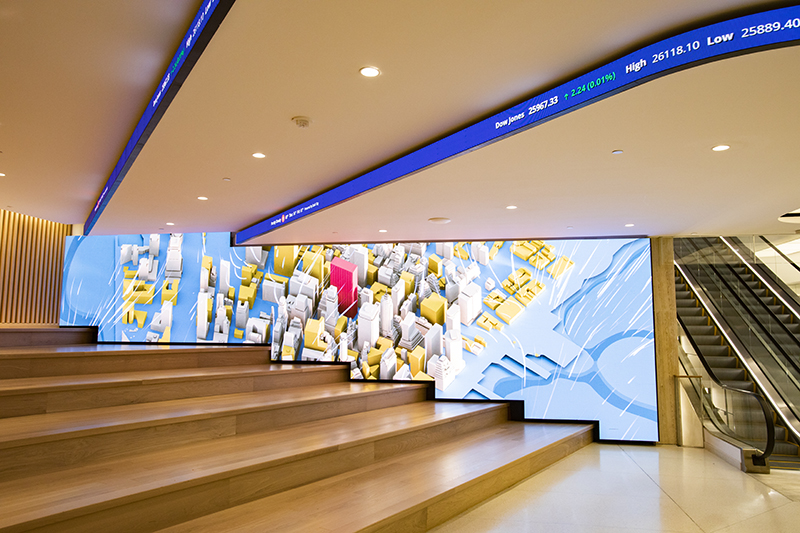To understand contrast ratios better, it is beneficial to know how they are calculated. The ratio is typically represented as two figures, such as 1000:1. This indicates that the lightest white is 1,000 times more luminous than the deepest black. Screens with high contrast ratios provide deeper blacks and brighter whites, which enhances the overall image experience. When viewing a film or engaging with a game title, for example, these variations can produce a more engaging environment. Users can observe elements that may explanation be unnoticeable in screens with lower contrast ratios.
Different types of screen systems, such as LCD, LED, and OLED, have different contrast ratios. Organic LED displays are known for their excellent contrast because they can deactivate individual pixels entirely, resulting you can check here in true black levels. On the other hand, conventional liquid crystal screens may struggle to reach similar levels of darkness due to their backlighting methods. It is essential for buyers to evaluate these differences when selecting a screen for their needs. Understanding how each technology handles contrast can significantly influence contentment with the product.
Moreover, the significance of brightness ratio extends beyond entertainment; it also affects efficiency in professional environments. For tasks demanding detailed visual analysis, such as visual design or image editing, having a display with a superior contrast ratio allows for greater precision and definition. This ensures designers can see subtle details in their designs or photographs without strain. In learning settings, learners benefit from high-quality displays that make learning materials more interactive and easier to understand.

To sum up, improving image quality through grasping contrast levels is essential for individuals using screen technology. A greater contrast ratio leads to better image quality by providing richer colors and more detail in images. As technology continues to evolve, consumers should remain informed about these factors to make decisions that align with their needs and requirements. Be it for entertainment or work, knowing about contrast ratios helps enjoyment and effectiveness in using screen technology.